Customer Live Chat Support: How to Implement and Optimize
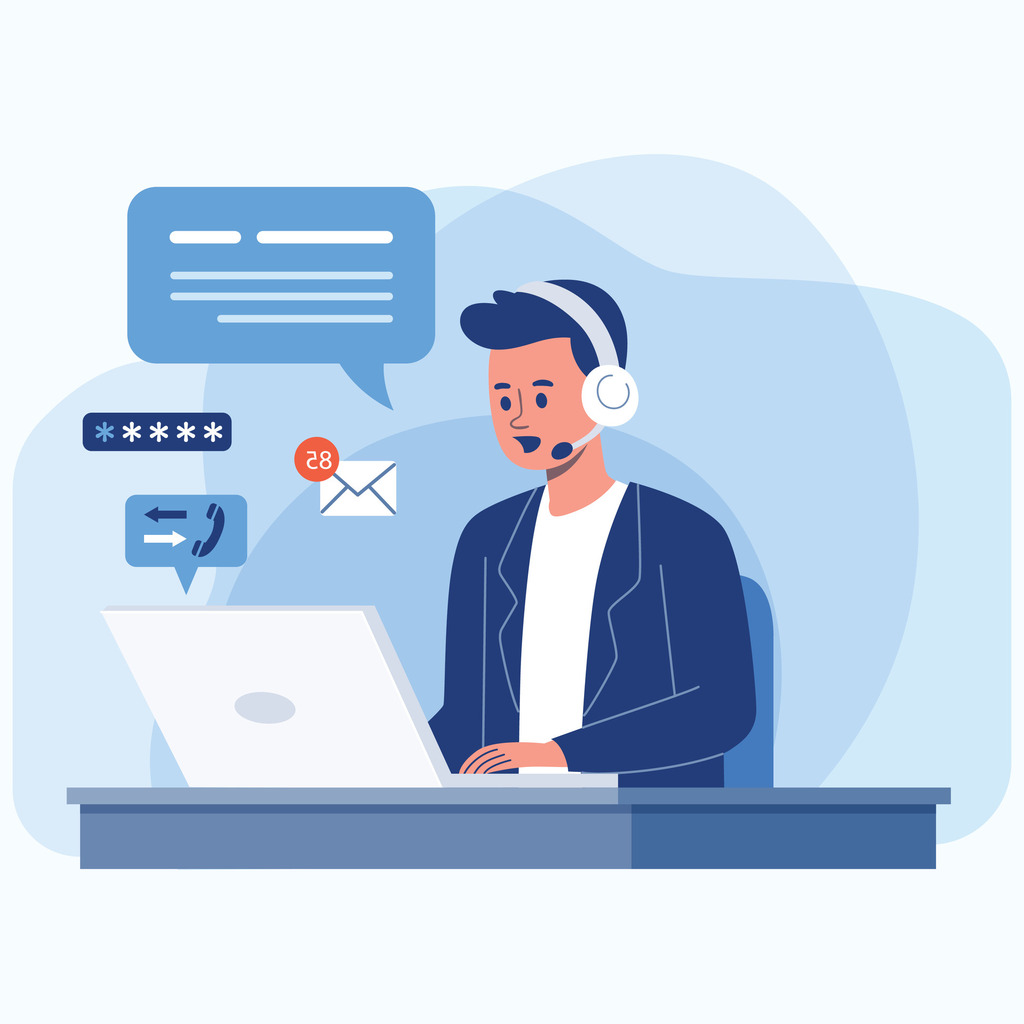
Modern businesses face a growing disconnect between client expectations and service delivery. According to recent studies, 53% of users prefer chat-based interactions over traditional communication methods like phone or email. Yet only 31% of organizations have adopted this tool, creating a gap that leaves many clients underserved.
Instant messaging platforms enable real-time problem-solving, eliminating long wait times and fragmented email threads. Over 80% of assistance requests now occur via chat, with 28% of users expecting responses in under five minutes. This shift reflects a broader demand for immediacy and convenience in client interactions.
Integrating chat features doesn’t require overhauling existing infrastructure. Many solutions connect seamlessly with current business systems, allowing teams to streamline operations while maintaining service quality. These platforms often include analytics tools to track response metrics and client satisfaction levels.
Prioritizing chat capabilities positions companies to meet evolving engagement standards. Organizations that implement these systems effectively see measurable improvements in resolution times and client retention rates. The strategic advantage becomes clear when comparing service benchmarks across industries.
Key Takeaways
- Over half of users favor chat over traditional support channels
- Response time expectations now average under five minutes
- Chat request volume increased 80% since 2020
- Integration with existing tools minimizes implementation costs
- Analytics-driven optimization boosts service performance
Understanding Customer Live Chat Support
Real-time communication tools have become critical bridges in modern client interactions. These platforms enable direct connections between users and organizations, offering instant resolutions without traditional delays. Unlike persistent messaging apps, session-based systems prioritize immediacy over archival value.
Defining Core Features
Session-based interactions create temporary communication windows. Conversations vanish after resolution, maintaining focus on urgent needs. This approach contrasts with permanent message histories in third-party apps like WhatsApp.
Key differentiators include:
| Feature | Live Chat | Messaging Apps |
|---|---|---|
| Conversation History | Temporary | Permanent |
| Access Point | Company website | Social platforms |
| Response Expectation | <5 minutes | Hours/days |
Strategic Advantages
Organizations using these tools report 42% faster resolution times compared to email. Proactive engagement features detect user behavior patterns, allowing teams to initiate conversations during critical decision points.
Three measurable impacts:
- 68% reduction in phone-based inquiries
- 53% higher satisfaction rates than email support
- 31% increase in conversion rates during active sessions
These systems integrate seamlessly with existing workflows. Analytics dashboards track performance metrics, enabling continuous optimization of response strategies.
The Role of Live Chat in the Customer Journey
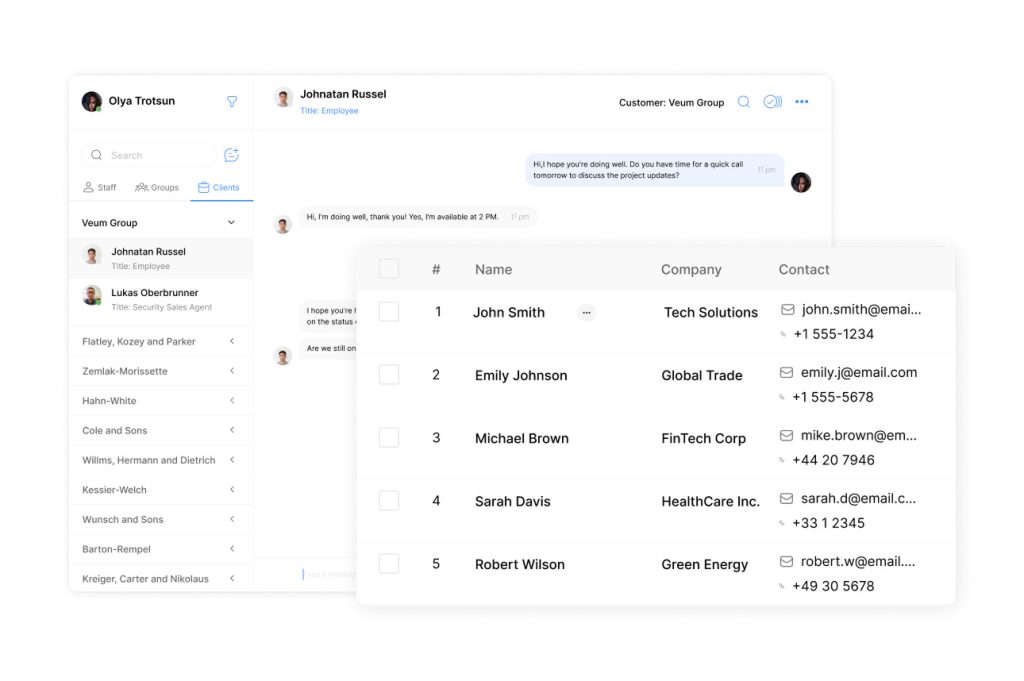
Modern engagement strategies demand tools that adapt to user behavior in real time. By analyzing browsing patterns and interaction points, businesses can deploy chat systems where assistance matters most. This approach transforms generic support into tailored guidance aligned with individual needs.
Enhancing the Experience
Strategic widget placement drives meaningful connections. Positioning chat prompts on pricing pages or checkout screens addresses common friction points. Agents armed with device data and browsing history craft responses suited to each user’s situation.
Mobile users receive concise solutions respecting screen limits. First-time visitors get introductory information automatically. These adjustments create frictionless exchanges that mirror natural human conversations.
Integrating History and Insights
Unified systems track every touchpoint across channels. When a user returns, agents see past discussions and unresolved issues. This continuity eliminates repetitive explanations and accelerates solutions.
Behavioral triggers enable proactive outreach. If someone revisits a product page three times without purchasing, automated invitations offer assistance. Real-time analytics then measure which interventions boost conversions.
- CRM integration preserves context across departments
- Session recordings reveal common pain points
- Device-specific metrics guide interface improvements
Setting Up Your Live Chat for Success
Effective chat implementation requires strategic platform selection and operational planning. Businesses must align technical capabilities with user expectations while maintaining website performance. This balance ensures smooth interactions without disrupting navigation.
Choosing Communication Infrastructure
Robust platforms offer features that streamline agent workflows. Solutions like tawk.to provide unlimited agent capacity and screen-sharing tools while supporting 45+ languages. Essential capabilities include:
| Feature | Impact |
|---|---|
| File Transfer | Reduces follow-up emails by 62% |
| Multi-Device Support | Increases response speed by 38% |
| Detailed Analytics | Improves staffing accuracy by 27% |
Optimizing Workforce Management
Skilled agents typically resolve issues in 8-12 minutes per chat. Workforce calculations vary by experience:
| Agent Level | Concurrent Chats | Resolution Rate |
|---|---|---|
| Experienced | 4-6 | 89% |
| New | 1-2 | 67% |
Widget placement impacts engagement rates. Bottom-right positions achieve 73% higher click-through than floating icons. Proactive invitations work best on checkout pages, while reactive options suit FAQ sections.
Teams should calculate coverage based on peak traffic periods. A retail site averaging 500 daily visitors needs 3-5 agents during business hours. Continuous training ensures consistent quality across all interactions.
Implementing Best Practices for Live Chat Support
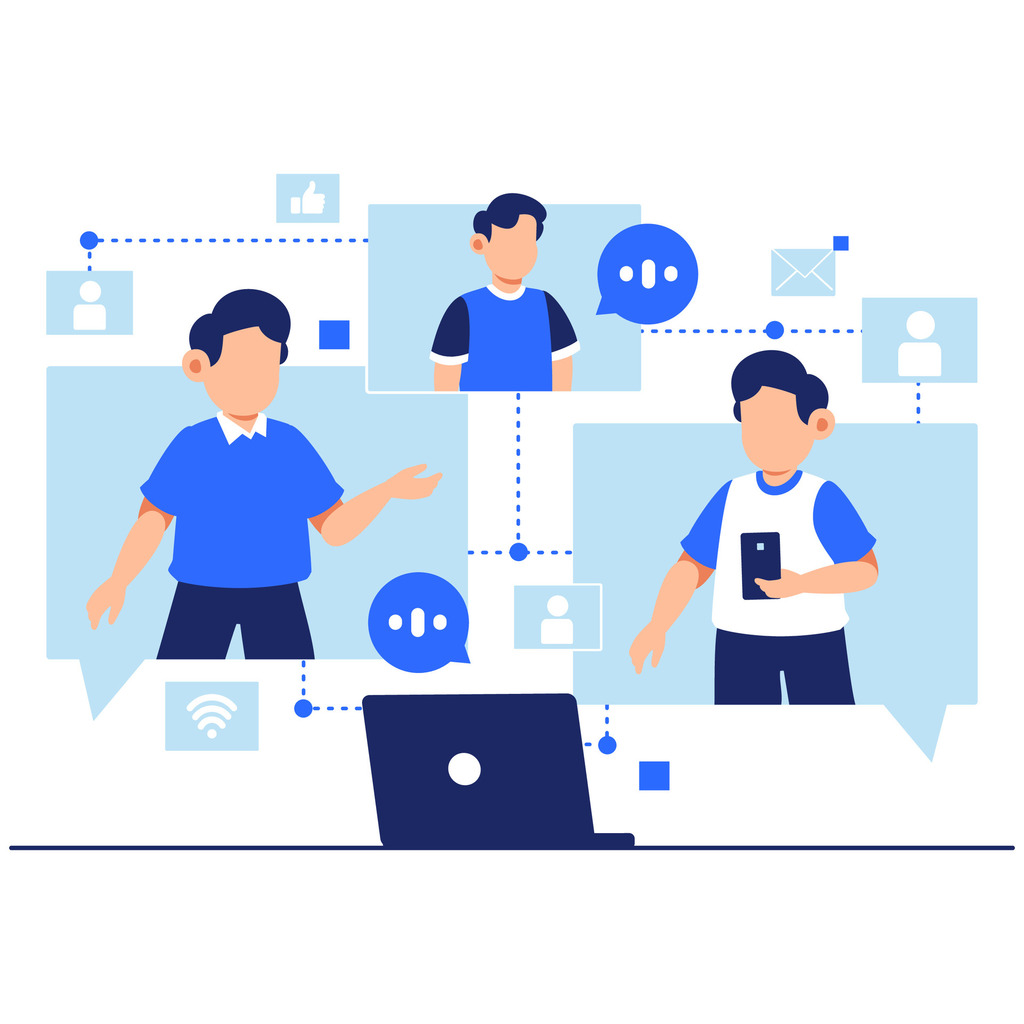
Optimizing chat systems requires balancing responsiveness with strategic outreach. Teams that master this equilibrium see 41% faster resolution rates compared to organizations relying solely on reactive methods.
Balancing Reactive and Proactive Engagement
Smart deployment combines two approaches:
- Behavior-triggered outreach: Initiate conversations when users linger on checkout pages or revisit pricing tables
- Self-service access points: Position widgets where users typically seek help, like FAQ sections
Proactive strategies reduce abandonment rates by 33%, while reactive options maintain 24/7 accessibility. Integrating these methods with CRM automation strategies enables personalized interactions based on purchase history.
Training Your Support Team Effectively
Skilled agents combine technical knowledge with conversational adaptability. Effective programs focus on:
- Multitasking without compromising quality
- Using casual language and emojis when appropriate
- Researching solutions mid-chat using internal databases
Teams trained in these techniques resolve 79% of issues in one interaction. Regular coaching sessions refine response accuracy and speed, ensuring consistent service standards across all user interactions.
Leveraging Automation and AI in Live Chat
Intelligent systems now reshape how organizations handle service requests. By combining machine learning with conversational interfaces, businesses resolve inquiries faster while freeing teams for complex challenges. These advancements not only enhance efficiency but also improve customer satisfaction by delivering timely and accurate responses. Many organizations are now integrating customer service software solutions that leverage these technologies, enabling a more personalized experience. As a result, companies can build stronger relationships with their customers while focusing their resources on strategic growth initiatives.
Smart Routing Through Pattern Analysis
Advanced chatbots analyze phrases like “My delivery hasn’t arrived” to identify core issues. These systems then surface relevant help center materials in real time. Meal delivery service Freshly demonstrated this approach using Zendesk’s AI, reducing agent contacts by 22% through contextual article suggestions.
Three critical automation advantages:
- Instant access: Users resolve billing questions or track orders without waiting
- Adaptive learning: Systems refine suggestions based on successful resolutions
- Seamless handoffs: Complex cases transfer to agents with full conversation history
“Our AI identifies 73% of common inquiries before users finish typing. This lets agents focus on high-value interactions.”
Hybrid models maintain human oversight while scaling assistance. When a chatbot detects frustration markers like repeated questions, it flags the conversation for immediate agent review. This balance preserves efficiency without sacrificing personalization.
Continuous improvement cycles ensure systems stay effective. Machine learning algorithms track which help articles resolve issues fastest, automatically prioritizing them in future interactions. Teams then update knowledge bases using these performance insights.
Optimizing Customer Live Chat Support Operations
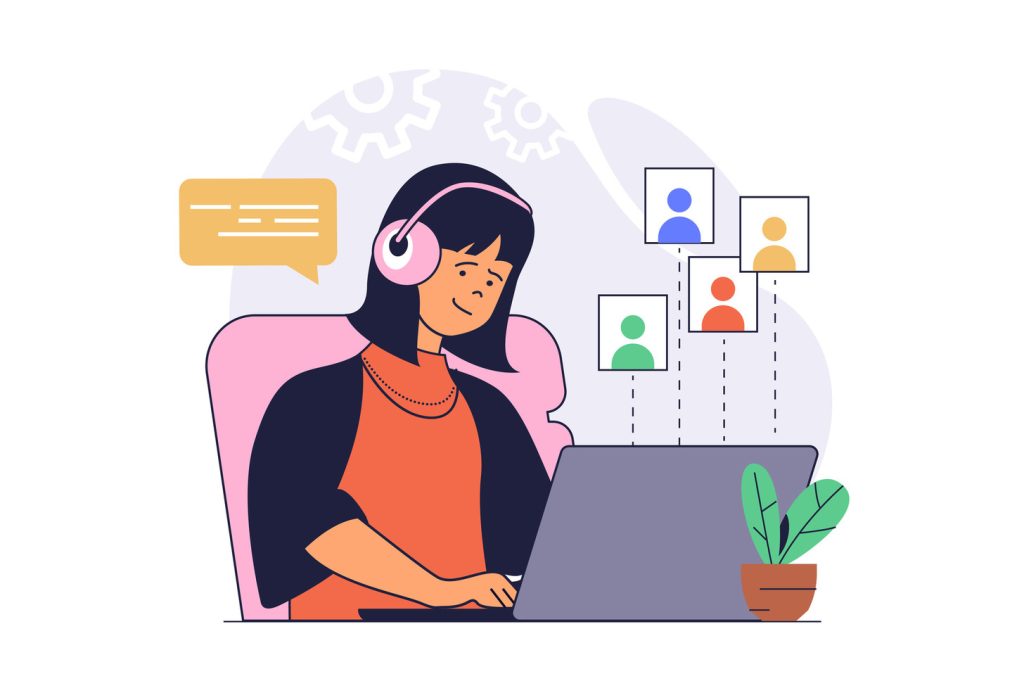
Streamlining chat operations requires precision in both human expertise and data utilization. Teams that master session management while harnessing interaction insights achieve 47% higher efficiency than those relying solely on manual processes.
Mastering Concurrent Communication
Skilled professionals handle multiple discussions without compromising quality. Zendesk’s Jon Daniels emphasizes: “Agents solve complex issues best when managing 2-3 conversations simultaneously.” This balance allows time for critical research during interactions.
| Skill Level | Active Chats | Resolution Rate |
|---|---|---|
| Advanced | 3-4 | 91% |
| Intermediate | 2-3 | 82% |
| Beginner | 1-2 | 69% |
Effective strategies include preset response templates and quick-access knowledge bases. Teams using these tools reduce average handling time by 18% while maintaining personalization.
Transforming Data Into Action
Interaction records reveal patterns shaping operational upgrades. Analysis of 50,000 chat logs shows:
- 63% of recurring issues stem from unclear product instructions
- Priority response templates cut resolution time by 41%
- Session transcripts improve training accuracy by 57%
Continuous improvement cycles update knowledge resources weekly. This approach prevents 22% of common inquiries through proactive guidance adjustments.
Essential Tools and Features for Effective Live Chat
Selecting the right communication infrastructure requires balancing technical capabilities with operational needs. Robust platforms must deliver immediate value while scaling with organizational growth.
Key Features to Look for in Live Chat Software
Comprehensive solutions like tawk.to demonstrate how feature-rich systems address diverse requirements. Multi-language support accommodates global audiences, while screen sharing and file transfers resolve complex issues faster. These tools reduce follow-up contacts by 61% compared to basic chat systems. Moreover, the integration of AI-driven chatbots further enhances user experience by providing instant responses to common inquiries. As businesses recognize the importance of efficient communication, solutions like tawk.to emerge among the best customer support software options available today. Ultimately, these advancements not only improve customer satisfaction but also streamline operations for businesses of all sizes.
Advanced analytics transform raw data into actionable insights. Teams track response patterns, agent efficiency, and user sentiment to refine strategies. One platform’s reporting dashboard revealed a 34% improvement in resolution times after identifying bottleneck workflows.
Seamless integration separates adaptable tools from rigid systems. JavaScript APIs connect chat widgets to CRM databases and payment gateways without coding overhauls. This interoperability preserves existing workflows while adding real-time communication layers.
Scalability ensures consistent performance during traffic spikes. Unlimited agent seats and multi-website deployment let organizations expand operations without licensing hurdles. Security remains critical – encrypted transfers and compliance certifications protect sensitive data exchanges.
“Our platform’s free tier handles 85% of small business needs while enterprise options offer custom scaling. Accessibility shouldn’t compromise capability.”
Cost-effective models prove feature depth doesn’t require excessive budgets. Freemium structures with premium upgrades let teams start small and invest as needs evolve. This approach reduces initial adoption barriers while maintaining long-term flexibility.
Analyzing and Enhancing Live Chat Performance
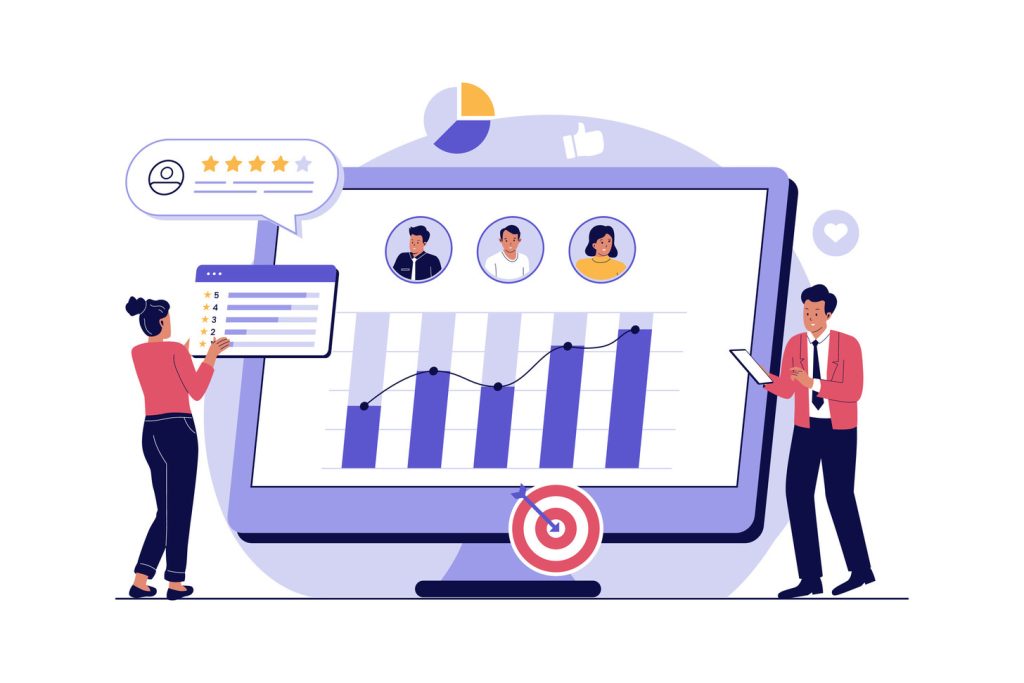
Continuous improvement separates industry leaders from competitors in digital communication. Organizations using data-driven analysis achieve 28% higher retention rates than those relying on intuition alone. Vend’s implementation demonstrates this potential – agent productivity jumped 48% while maintaining satisfaction scores above 90%.
Tracking Metrics That Matter
Key performance indicators reveal operational efficiency gaps. Teams monitoring first-contact resolution rates reduce repeat inquiries by 37%. Response time metrics help optimize staffing – tado° achieved 100% more meaningful contacts after shifting 45,700 annual calls to chat.
Essential measurements include:
- CSAT fluctuations during peak hours
- Average handle time per query type
- Escalation rates between bots and people
Turning Insights Into Action
Session transcripts become training goldmines when analyzed systematically. Teams reviewing 50+ interactions weekly identify 63% of recurring issues within a month. User surveys pinpoint interface pain points – simple widget placement changes boosted engagement 21% for European smart home leader tado°.
Effective feedback loops require three steps:
- Share insights with agents through weekly coaching
- Update knowledge bases with trending questions
- Collaborate with product teams on systemic fixes
This approach transforms communication channels into strategic assets. Companies committing to regular analysis maintain service excellence as expectations evolve.

